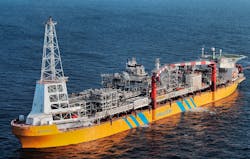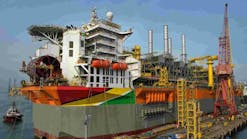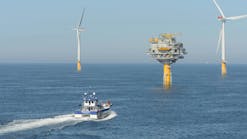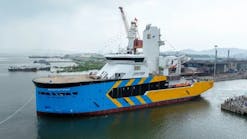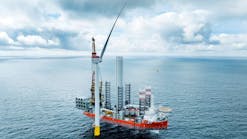Offshore staff
LONDON – A report from Lloyd’s Register (LR) suggests up to 40% of maintenance work performed by FPSO vessel operators is unnecessary.
Reducing superfluous manhours could save on average almost £600,000 ($753,000) per asset each year, LR adds, equivalent to £15 million ($18.8 million) over the lifespan of some facilities.
LR applied a risk-based maintenance approach using its asset performance maintenance software, AllAssets. It determined that FPSO operators could be spending 500 manhours per equipment group (i.e. an electric motor supporting a compressor or a centrifugal pump), with the maintenance activity failing to reduce the risk of failure or sustain facility uptime.
So, there may be room for improvement in maintenance planning, with a need for a consistent strategy across equipment groups, systems, and production units.
The investigation found that relying purely on original equipment manufacturer (OEM) guidelines left operators unable to qualify whether maintenance activities were essential, because OEM guidelines do not take into consideration the ever-changing nature of offshore operations.
This could lead to an increased risk of failure as a backlog of maintenance is generated, higher expenditure, and inappropriate targeting of resources.
Victor Borges, LR specialist on FPSO maintenance optimization, said: “In an environment that merges both energy and marine assets, FPSO operations are hugely complex. Balancing OEM maintenance guidelines alongside flag, class and country regulations is exceptionally challenging…
“There is a perception that implementing the methodologies that can actually help optimize maintenance activities is time consuming, complex, cumbersome, and costly. This attitude, however, only drives a vicious circle of tackling small issues, instead of designing a systematic, informed, and optimized maintenance strategy…
“To break the cycle of ‘firefighting’, operators need to adopt a risk-based approach to maintenance, allowing them to cut unnecessary spend, free up resources, and reduce the maintenance backlog. By understanding the balance between the cost of failure and the cost of maintenance, operators can focus the right resources on the right equipment at the right time.”
07/08/2020
